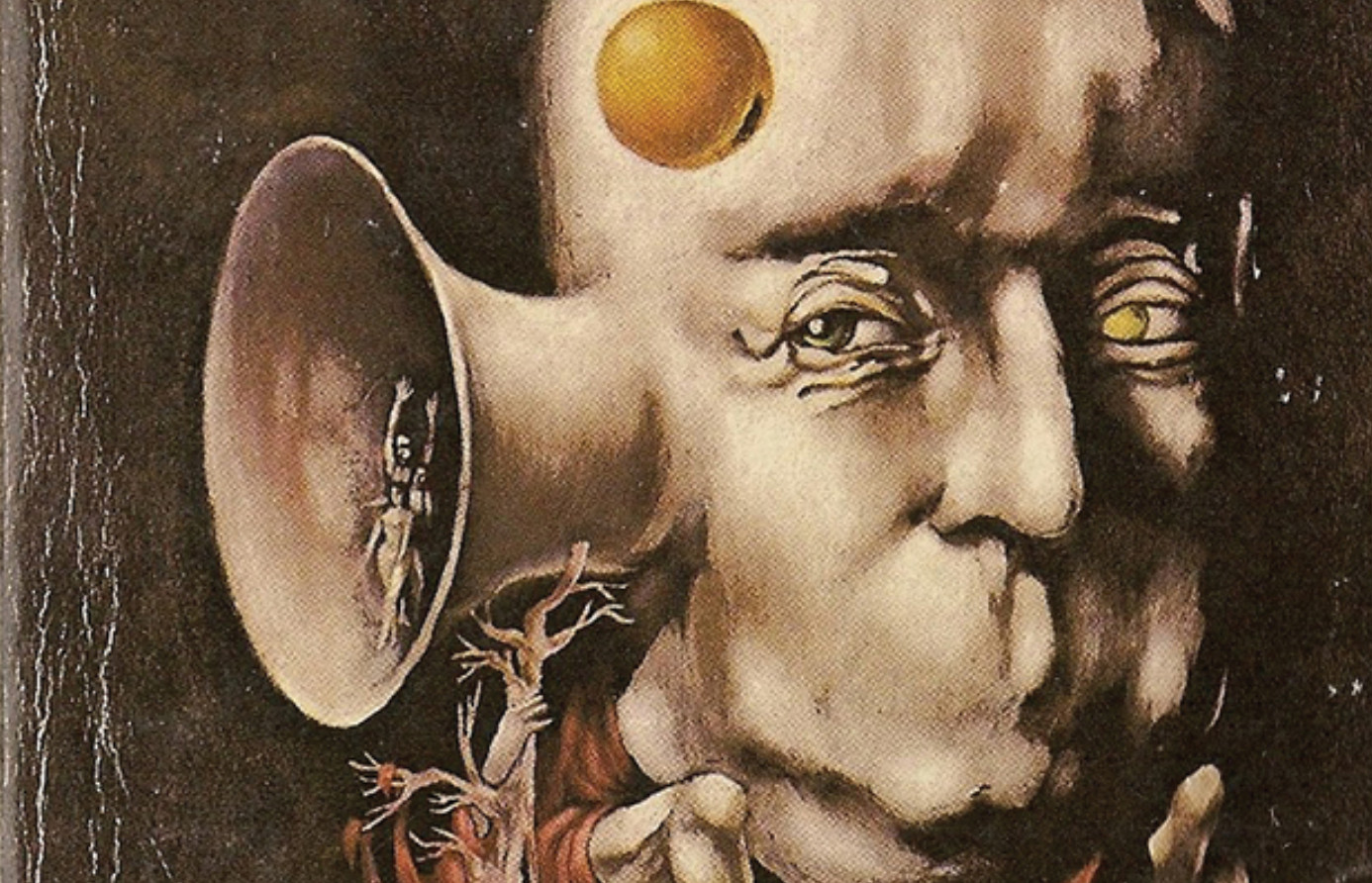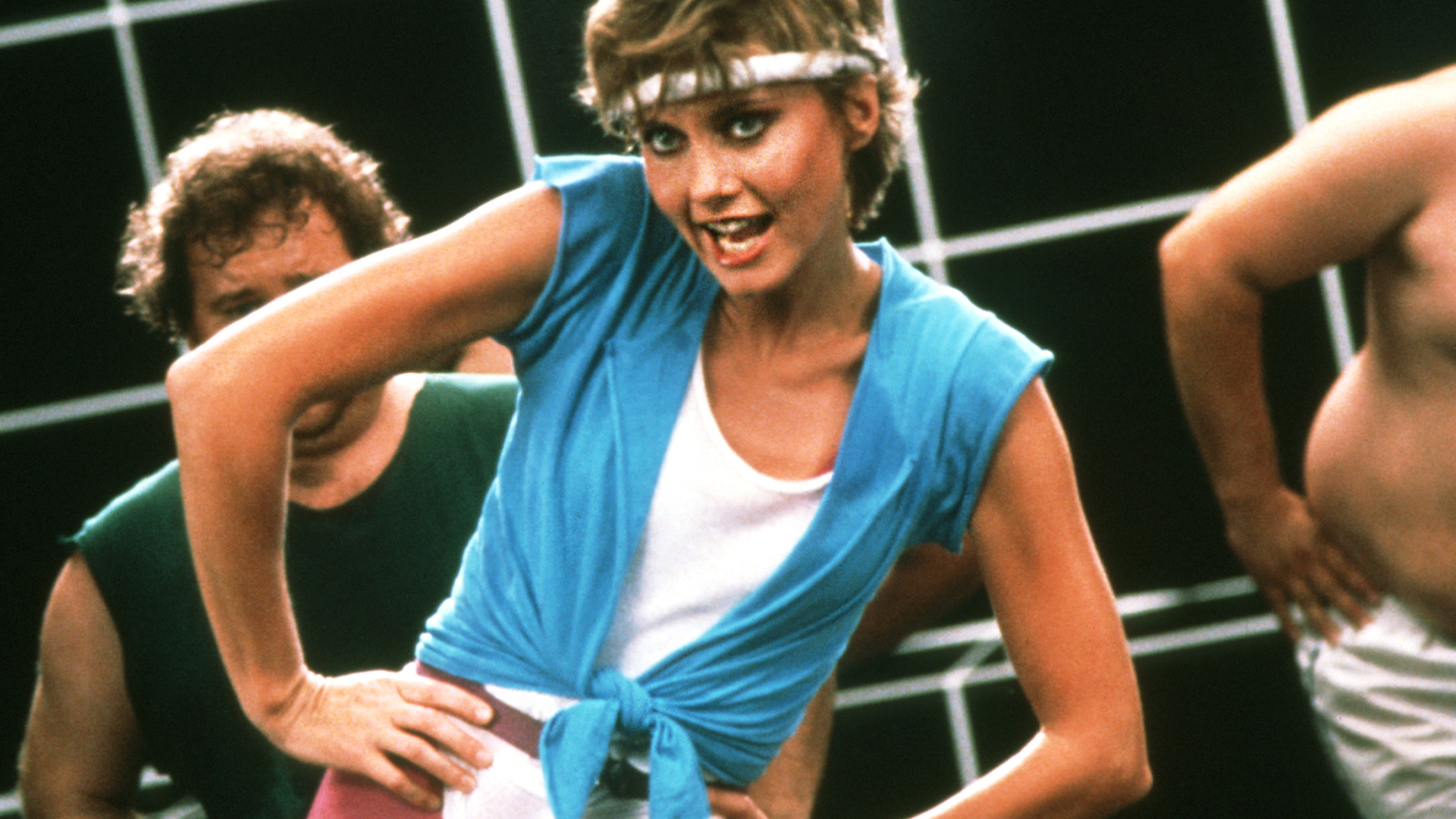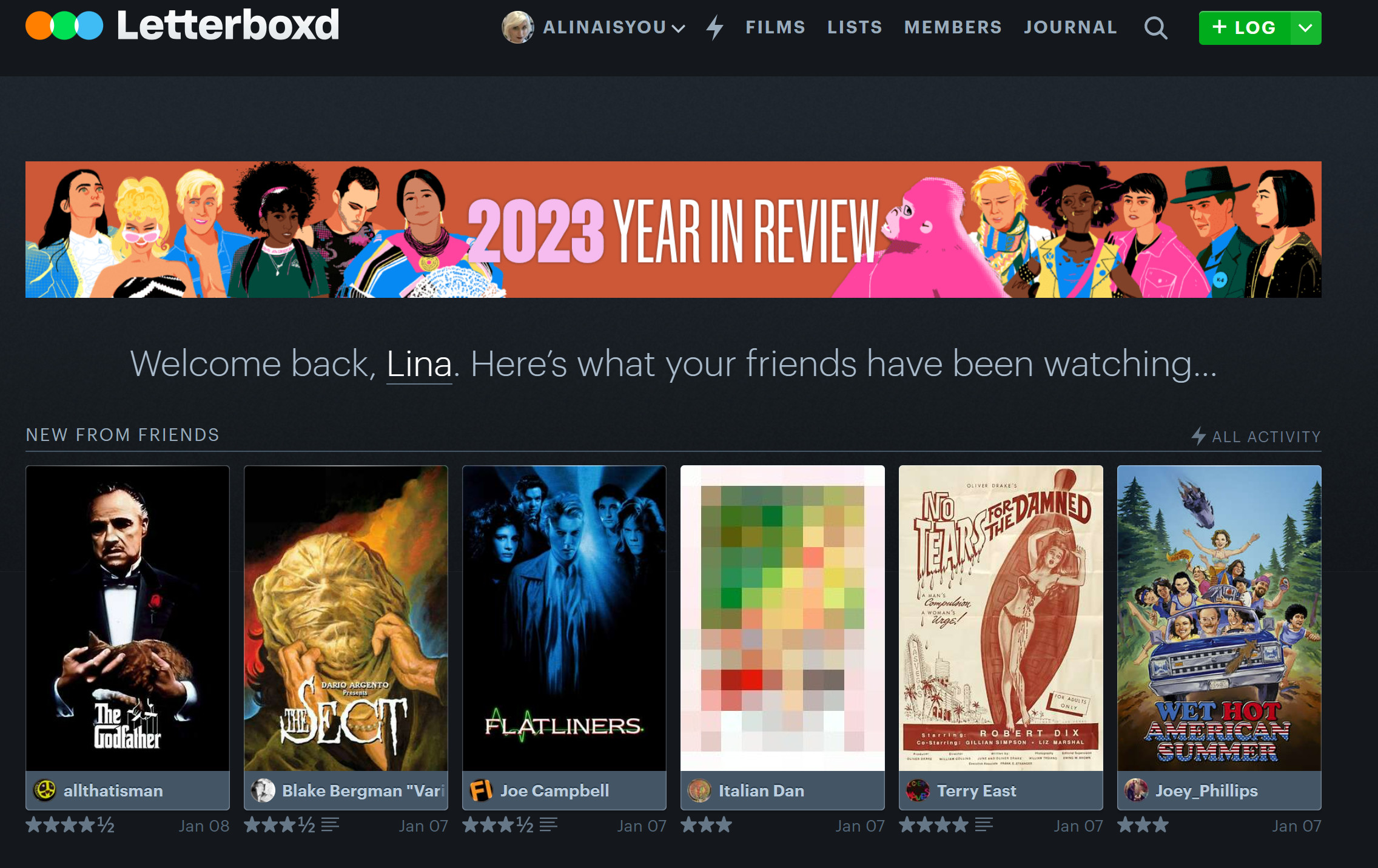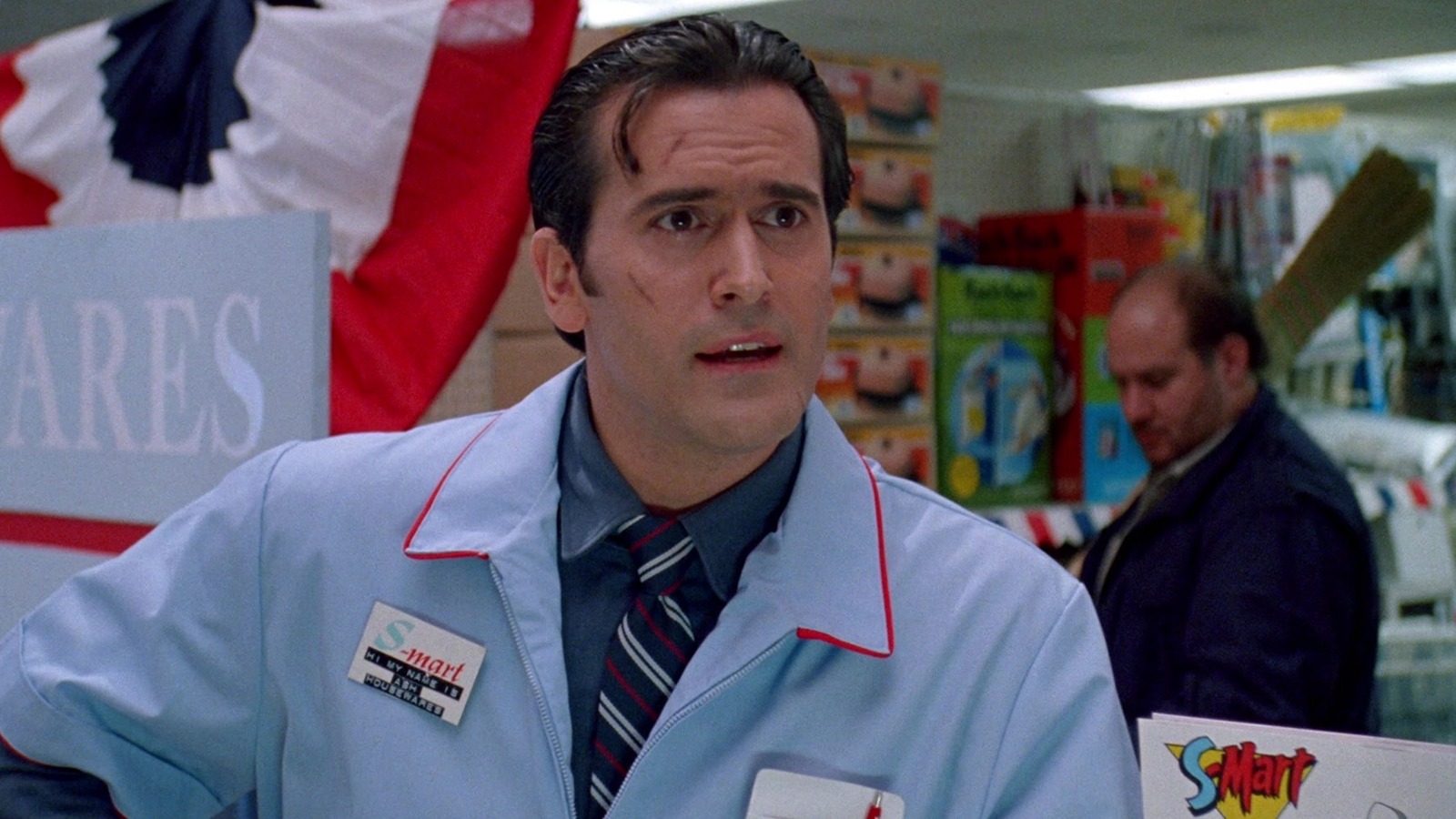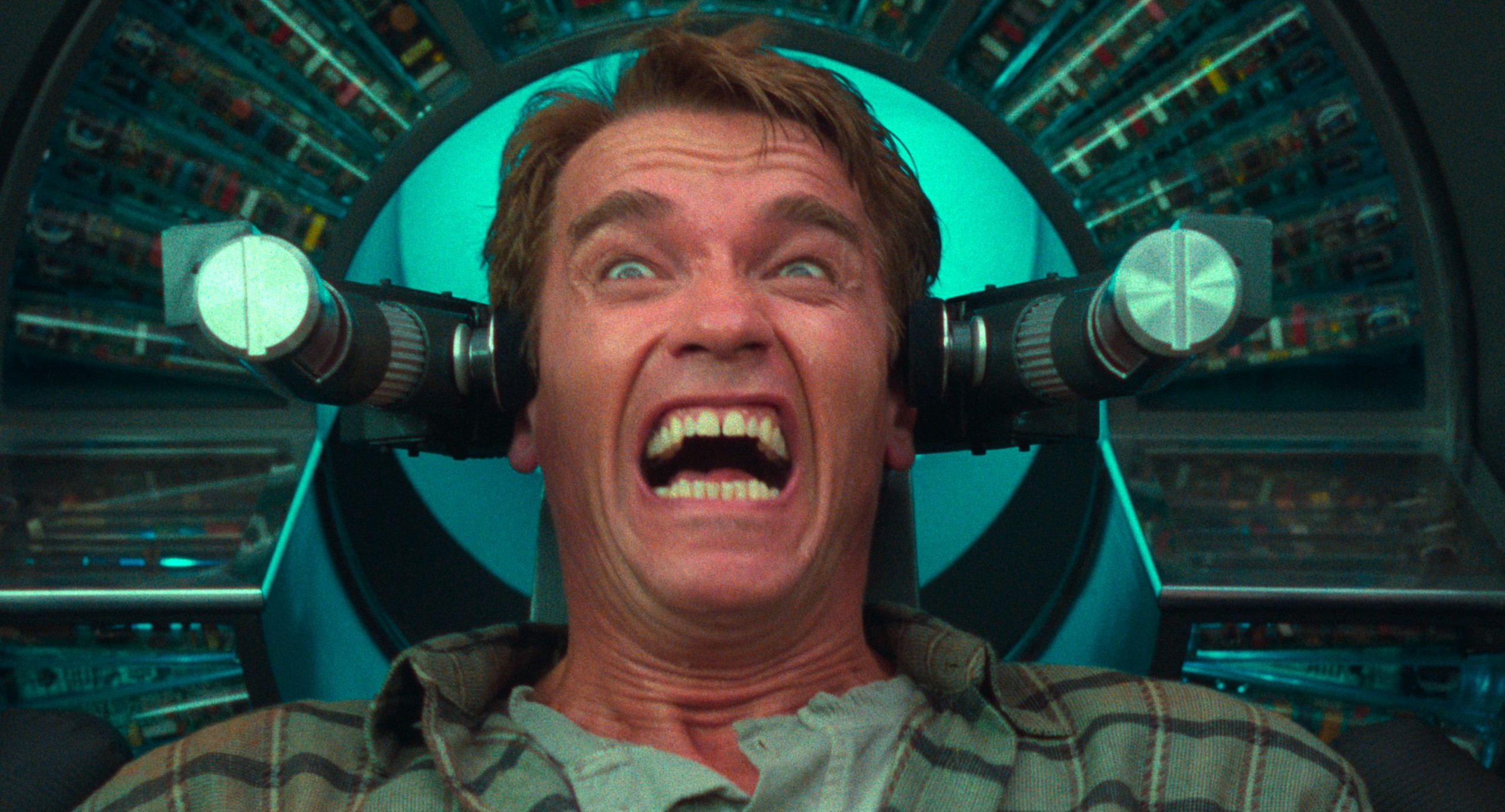Navigating Physical Media in Its New Golden Age: VHS, DVD & More
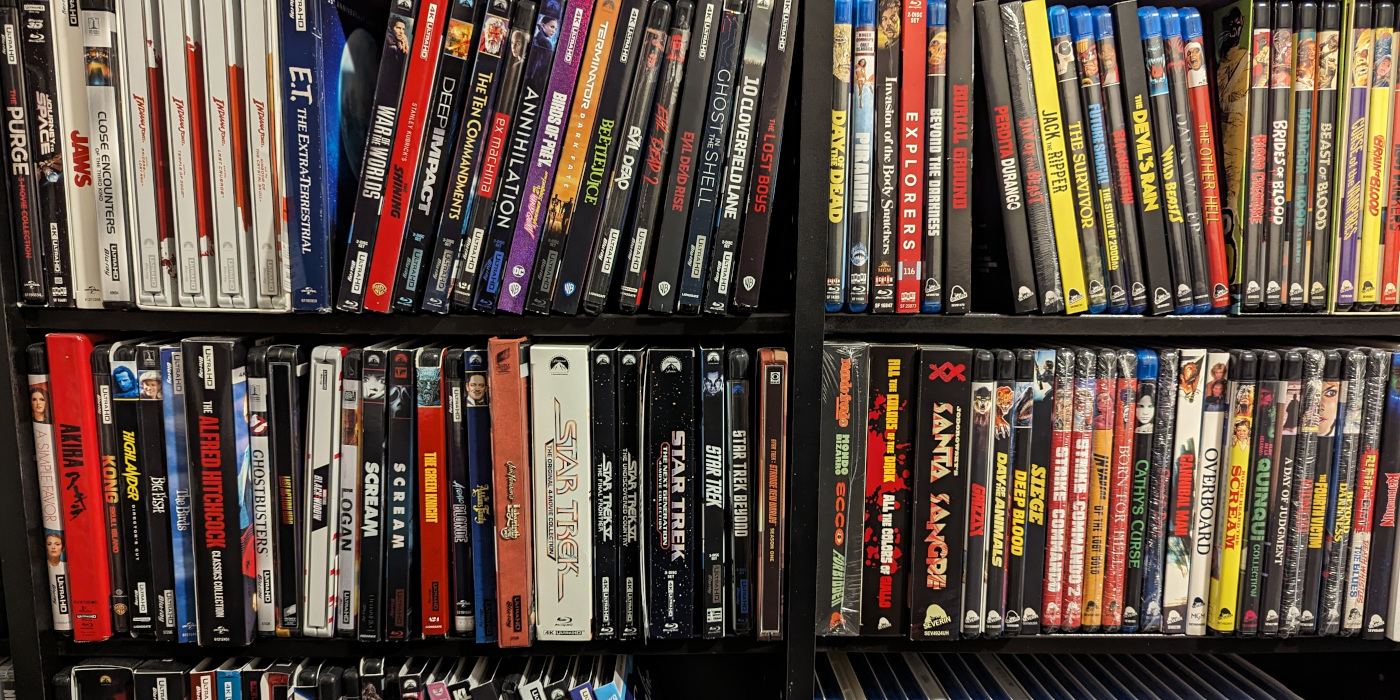
If the era of streaming media is ending, the sound of its conqueror is the familiar battle cry of the spinning disc. Physical media is back.
An anecdote. In late 2007, someone buys a piece of technology which promises to be THE FUTURE. It’s called a “Kindle”. Amazon’s e-reader offers a fast, easy, and simple way of having an entire book collection at your fingertips. No need to worry about shelf space. No reason to only bring one book on a trip—because you can bring all of them. The person loves this and buys a slew of classics on his fancy, new Kindle.
The next day the person wakes up to find out that one of those books is no longer in his collection. It turns out the seller of the book does not hold a license for one of the books purchased. Therefore, without permission, Amazon removes the book from the man’s library and credits his account. The Kindle is always online as a default, you see, so Amazon can do that.
The book in question is George Orwell’s 1984.
In that moment, the person realizes that the future, fast though it absolutely is, will be neither easy nor simple. They still use the Kindle. But the books that really matter? Those ones they have physical copies of.
They knew then what a lot more people are realizing now, over 15 years later: there is no such thing as ownership in the digital world.
So, what specifically is happening in the 2020s that are seeing the sudden rise of Blu-rays and 4K disc sales and the downslide of streaming? And if it’s time to get physical with our media, what’s the smartest way of doing that?
I Have No Mouth, and I Must Stream
In addition to the Kindle, 2007 also saw the birth of the biggest streaming platform to date: Netflix. Dating all the way back to 1996, Netflix operated purely on disc rental. But even with only 1,o00 films in its library, the possibilities for Netflix streaming were immediately obvious. By the end of 2023, Netflix no longer offers disc rental. Meanwhile, the number of its streaming subscribers has climbed to nearly 250 million.
If we look just at that little corner of the sky, there’s a simple distinction. In the case of streaming, you only have access to a movie or TV series for so long as you are a subscriber AND for only so long as Netflix has the license/makes it available. By contrast, if you rent a disc, you can either return that disc or simply keep it and pay a balance—at which point you own your selection forever.
Netflix no longer offers discs which leaves us only with option A. Add to this, the growing number of streaming services, and a pattern emerges. In order to have even temporary access, multiple subscriptions tallying up an ever-increasing monthly cost are required. Even then, there’s no ownership.
There’s an exception to this rule in theory. In certain cases (Amazon Prime, Sony, Apple+) where buying (rather than renting) is an option. So there’s that problem solved, right? Unfortunately, our old friend George Orwell has something to say about that.
Islands in the Stream
Since Netflix standardized streaming, there are a number of cracks that have developed in the proverbial facade. Most of these relate to cost. However, the larger issue is access. And as we’ve seen just in the last couple of years, that takes a number of shapes. In the case of Netflix making account sharing virtually impossible, both access and cost become a simultaneous issue.
But two changes stand out as the reasons people are both abandoning streaming and seeking physical media as an alternative.
The first change begins with the now long-since-canceled HBO Batgirl movie. CEO of Warner Bros Discovery David Zaslav calculated that there was more money to make by declaring Batgirl as a loss than by releasing it. And from there, the pattern persists in new permutations. Take for example Paramount Plus. That service not only canceled shows like Star Trek: Prodigy, Grease: Rise of the Pink Ladies, and The Game — they outright removed them from the service.
In the case of Star Trek: Prodigy, the show found a new home on Netflix. However, part of the reason that happened is because so many people bought Prodigy on physical media, thus signaling further interest.
Then there’s Sony. They recently pulled all Discovery content from the PlayStation video library. Doesn’t matter if you “own” those titles through the service or not—they are simply no longer available.
In short: ownership still depends on licenses. It also depends on the continued existence of streaming companies. And we also see that owning something on physical media not only guarantees we own it, but can also better benefit the creators of that media.
So! Physical media! What’s to know? And what are the potential pitfalls?
Let’s Get Physical Media
Physical media has one obvious benefit: if you buy it, you own it. However, the benefits (and detriments) of physical media are many. So if you’re leaping from streaming to disc, there’s a lot of new information to digest. And let’s begin with the technology. Because the other major factor here is quality.
There are two main formats: Blu-ray and 4K UHD. If you are watching on a screen 65 inches or less, Blu-ray is going to do you just fine. Anything above that and the improved picture quality of a 4K disc becomes more readily apparent. Blu-ray provides a 1080p image which, when done properly, provides picture clarity and color accuracy. And, yes, even though streaming is often in 4K, a Blu-ray with a lower resolution but a high bitrate often still looks better.
The biggest advantage of 4K UHD discs is the high dynamic range (HDR). Basically, HDR just means that the color black on the screen is inkier and more consistent and other colors are more vibrant. And of course, you can have a larger screen while retaining image sharpness. But, as you might guess, the players and discs cost more.
There’s one other improvement people don’t talk enough about: audio. Streaming audio is compressed. Audio on both Blu-ray and 4K UHD discs is not. And if there’s one piece of advice you take away from this whole article it should be this: buy a sound system. You don’t realize how bad streaming compressed audio is until you hear what movies and TV shows are supposed to sound like. It’s revelatory.
Making Media Buds
Okay. You’ve got a TV. You’ve got a player for your forthcoming Blu-ray and/or 4K discs. Maybe you have a sound system. Now what?
Streaming has one major advantage—volume. As soon as you subscribe to a service, you automatically have tens of thousands of possible options for what to watch. By comparison, watching through physical media means owning everything. And that means everything is an investment. That’s not a bad thing! On the contrary, this is an excuse to make media a more communal experience.
The best advice I can offer is this: think of movie and TV watching as a team sport. The best way to buy what’s right for you is by seeing what other people like. And the best way to enjoy what you buy in the long term is by having a space to talk with other people.
What we’re saying is: get a Letterboxd account and join a movie Discord.
Letterboxd is a place where people keep a record of what they own, what they’ve watched, and how they feel about what they’ve watched. So if you’re considering watching a movie or a TV show, you can search its name on Letterboxd and see what other people think. You can even do that without seeing spoilers! Follow the people whose tastes are similar to yours and you’ll be swimming in good recommendations.
Discord is a private social platform with chat, audio, and video options. Movie nerds of a feather love to flock together, so it’s pretty easy to find Discord channels full of people who love talking movies. And the beauty of Discord is it’s also a platform where people can watch movies together, trade discs, and let each other know when good discs are on sale.
Speaking of which…
Buying Smart With Physical Media
Buying movies and TV shows can be expensive. There are, fortunately, a number of ways to mitigate this and guarantee you get the best bang for your buck.
We’ve mentioned Discord. But of course, there are loads more public-facing social media platforms. Twitter (I’m not calling it bloody X) for example, has loads of accounts that post information about both upcoming releases, and, more importantly, sales. Dawn of the Discs, Disc-Connected, and Wario64 are three great accounts to follow for that.
Criterion, the best-known company for discs, has half-off sales occasionally, some through Barnes & Noble. Basically, never buy a Criterion disc at full price. Similarly, Kino Lorber is a company that frequently has sales and holds the license for a host of great films. Other sites like Hamilton Books and Deep Discount also often provide better prices. There’s also Orbit DVD and Diabolik if you want to support local businesses. And, yes, Amazon is always an option.
The more you get into movie owning, the more you’ll also care about the quality of the transfer (a.k.a. how good the video looks). And for that information, there are loads of places like Blu Ray Dot Com, The Digital Bits, A/V Forums, and High Def Digest. The more you watch, the more you will come to appreciate things like 4K scans from the original camera negative, grain structure, and black levels. Whatever you do, though, don’t get sucked into collecting limited-edition packaging.
If this all sounds complicated, think of it this way…
Owning Movies Is Fun
Early on we talked about how streaming offers a huge library. But in a lot of ways that library is too big. There are so many options you wind up with choice paralysis. There’s something almost isolating in that. You pick one of a billion things, you watch it, and then what? It’s a drop in an existential bucket.
Yes, buying movies and TV shows involves all these new factors so you feel like you’re spending your money wisely. But that translates into a far more communal experience. It gamifies the process of choosing what you’ll buy next. You look for sales and check in with your mates to see what they’re watching. Maybe you do a movie swap.
All that incentivizes going someplace like Letterboxd to share what you think, comment on other people’s reviews and otherwise engage with the media you own in a long-term way. The worst thing about streaming is how ephemeral it’s made the art of the moving image.
There’s something about owning a movie or a TV show that gives it personal value. It’s an investment. And not only is it an investment in what you’re watching, but it’s also an investment in people, whether it’s the people making movies, restoring them, or simply watching them.
When you own a movie on a disc, it’s yours. No streaming service can erase it from your collection or from history. I said at the start that this is about far more than money and it is. The best movies and TV shows are commercial art that challenges people. Seeing these things as the creators intend them gives you context. Sharing them with others gives you community. And owning them means they won’t be forgotten by you or by anyone else.

